- Free shipping available on orders over £100 (UK) £250 (EU) and $300 rest of the world
WOW337 De Havilland Mosquito ‘Hairless Joe’
Out of Stock
Description
Description
During WWII, scarcity of strategic materials such as metals, rubber, oil, lubricant, etc, forced engineers to be more creative in order to find alternative ways of keeping armament production unabated. In an age of all-metal fighter/bomber aircraft, engineers in Great Britain, Germany, Japan, and Russian developed capable warplanes made from wood. The most famous and successful wooden warplane was the de Havilland Mosquito. It was originally designed as an unarmed bomber using non-strategic material for construction.
The Mosquito’s excellent wooden design gave it lightweight and high-speed manoeuvrability. The Mosquito excelled in all the roles that it was given to fulfil, including low- to medium-altitude fighter bomber, photo-reconnaissance, night fighter/bomber, maritime strike aircraft and transport.
The initial project was nearly cancelled due to Lord Beaverbrook’s lack of conviction for the wooden wonder, however Geoffrey de Havilland persisted and in 1941 the Mosquito was by then the fastest operational aircraft in the world.
The Mosquito was often flown in special raids, such as the attack on Amiens Prison in early 1944, and precision attacks against military intelligence, security, and police facilities (such as Gestapo headquarters). On 30 January 1943, the 10th anniversary of the Nazi’s seizure of power, a morning Mosquito attack knocked out the main Berlin broadcasting station while Hermann Goring was speaking, taking his speech off the air. The Mosquito flew with the RAF and other allied air forces operating in just about very theatre during WW2.
This bird has the markings of Russell Bannocks ‘Hairless Joe’ from No. 148 squadron. Bannock was born in Edmonton in 1919 and worked as a commercial pilot before the Second World War, obtaining his private pilot’s license in 1938 and his commercial pilot’s license in 1939. After entering the Royal Canadian Air Force (RCAF), Bannock received his pilot’s wings in 1940 and was appointed as an instructor at Trenton, Ontario. Later he was posted to Royal Air Force Ferry Command from June to August 1942. In September 1942, Bannock became chief instructor with the Flying Instructor School at Arnprior in Ontario. Bannock’s request for overseas service was granted in 1944 and he joined 60 OTU based in RAF High Ercall, England.
In June 1944, Bannock was then transferred to No. 418 Squadron RCAF, flying intruder missions over Europe with the de Havilland Mosquito Mk. VI fighter-bomber. He quickly proved adept at this type of operation and achieved his first of 11 victories. In October 1944 he was promoted to Wing Commander and took command of the squadron. Bannock also flew ‘Diver’ operations against the German V-1 “flying bombs” launched against London and southern England. On one mission he shot down four V-1s in one hour. A bar to his Distinguished Flying Cross (DFC) was added for his missions against the V-1s. Bannock died in 2020 at the age of 100 years old.
Reviews (0)







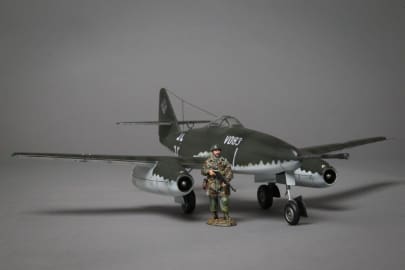
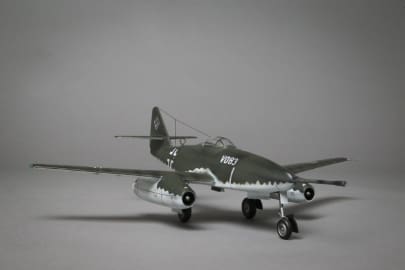
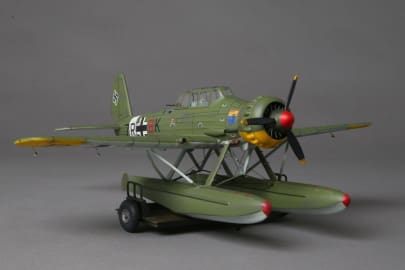
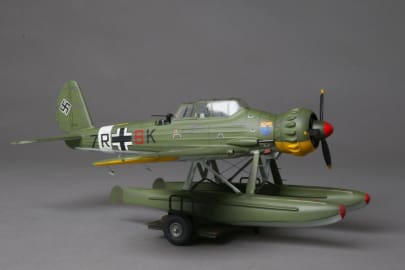
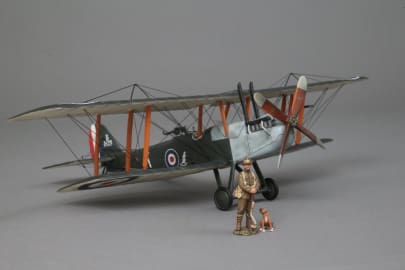
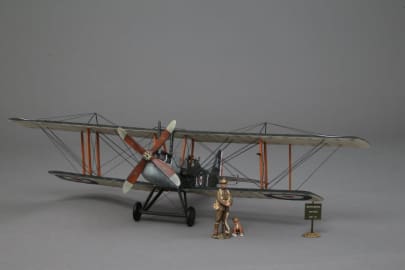
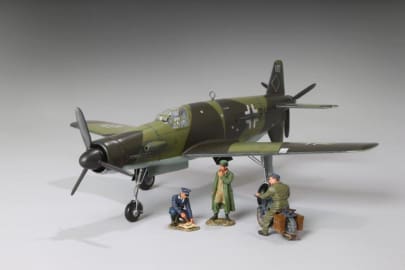
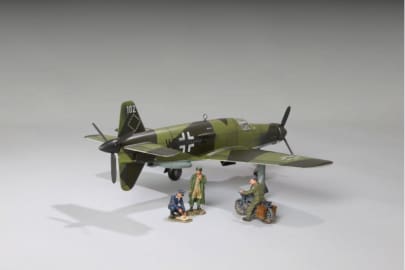
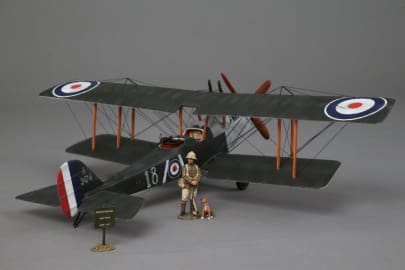
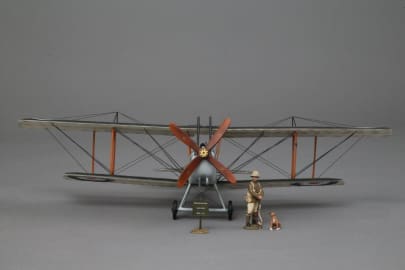
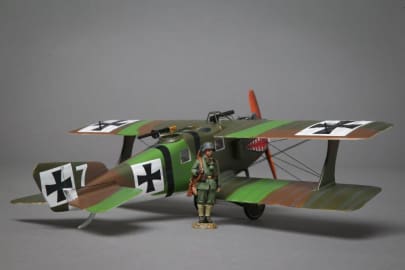
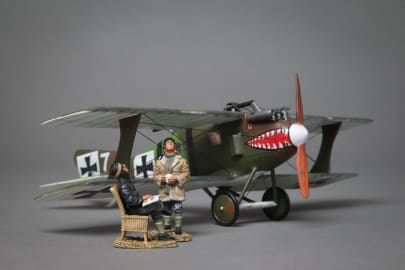
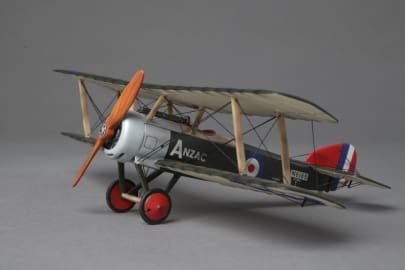
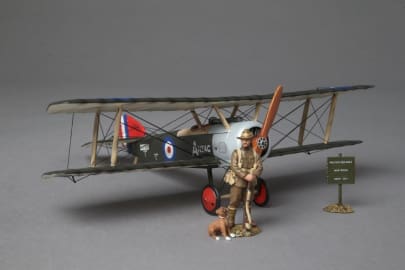
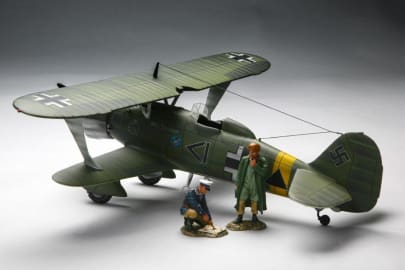
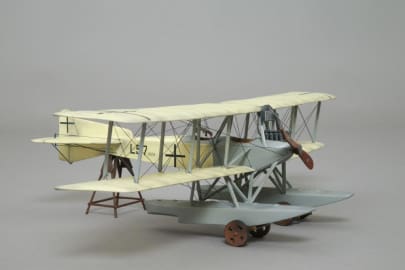
Reviews
There are no reviews yet.